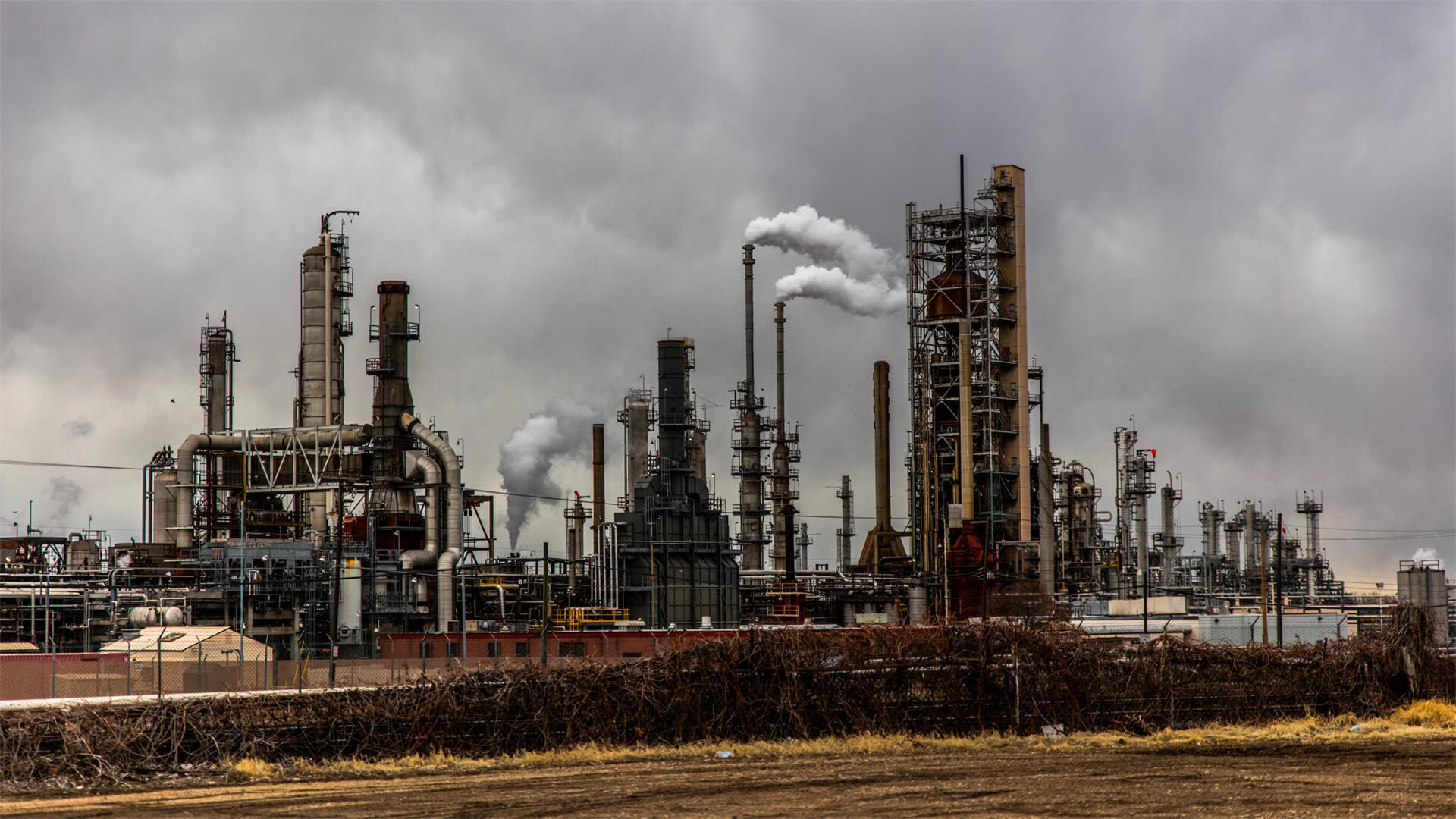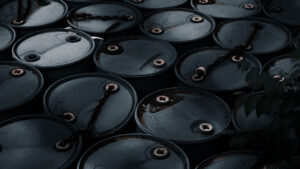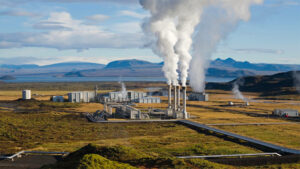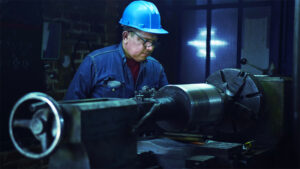So, how did the US use all that crude oil and natural gas produced during the first shale revolution? As the need for industrial expansion grew, so did the American refining industry’s footprint.
That’s the essence of the second shale revolution – America could now turn that crude oil and natural gas into a suite of products, ranging from refined oil to intermediate chemical products.
This industrial buildout helped prop up the green transition by offering a flexible backup fuel source for solar and wind power. Ethane, a byproduct of all that natural gas production, gave way to the US becoming a major producer of fertilizers and plastics.
As the US continues to extract this light sweet crude, more processing capacity will be needed to handle the surplus. This will likely cement the US as the world’s largest exporter of energy and energy-derived products in the coming decade.
As you may have guessed, that’s not the end of shale’s story in the US…so I’ll see you tomorrow for part three.
Here at Zeihan On Geopolitics we select a single charity to sponsor. We have two criteria:
First, we look across the world and use our skill sets to identify where the needs are most acute. Second, we look for an institution with preexisting networks for both materials gathering and aid distribution. That way we know every cent of our donation is not simply going directly to where help is needed most, but our donations serve as a force multiplier for a system already in existence. Then we give what we can.
Today, our chosen charity is a group called Medshare, which provides emergency medical services to communities in need, with a very heavy emphasis on locations facing acute crises. Medshare operates right in the thick of it. Until future notice, every cent we earn from every book we sell in every format through every retailer is going to Medshare’s Ukraine fund.
And then there’s you.
Our newsletters and videologues are not only free, they will always be free. We also will never share your contact information with anyone. All we ask is that if you find one of our releases in any way useful, that you make a donation to Medshare. Over one third of Ukraine’s pre-war population has either been forced from their homes, kidnapped and shipped to Russia, or is trying to survive in occupied lands. This is our way to help who we can. Please, join us.
Transcript
Okay. So yesterday we talked about the first shale revolution and how it basically gave the United States top level energy independence and natural gas and oil. Today, we’re going to talk about the second shale revolution, which is what we did with that. Crude by itself is of limited use. That’s if anything, it’s a big negative. You have to turn it into something else.
And so the second shale revolution largely is about building out the industrial plants starting in roughly 2013 to 2017 in order to massively expand the footprint of the American refining industry. And we added huge amounts of distillation capacity based on whose numbers you’re using somewhere in the equivalent of 6 to 7 million barrels per day of oil and oil equivalent to take all this oil and all this natural gas into turn into other things.
Now, natural gas you can use as a power plant, fuel, and it is the single largest source of electricity in the country, sometimes where between 30 and 40%, based on which state you’re in on average. And that has broken the connection between the United States and coal, which for a long time was our largest source. And so that switch by itself made the United States, the country on the planet that had reduced its carbon emissions the most in relative terms on a sustainable basis.
Now, there is more to it than that because it has also set the stage for the green transition. One of the big problems with solar and wind is, as you know, the sun doesn’t always shine and the wind doesn’t always blow. And so you need to have another source of energy to step in when green tech cannot deliver, especially if you’re not in a place like West Texas, where the sun is bright and the wind is strong.
The best fuel source for that that we have discovered so far is natural gas, because a combined cycle natural gas plant can spin up and down and in as little as 10 to 15 minutes, whereas a coal plant can take up to 8 hours and like a lignite plant, looks like what they use in Germany can be 3 to 4 days.
As a result, the Germans have actually seen the carbon footprint go up despite spending over €1,000,000,000,000 on green tech and transmission. And all of this is a side effect and I’m sure that the frackers who put all the natural gas in the system weren’t really thinking about natural gas and the green transition when they were doing their work.
The second thing to keep in mind is, for the most part, natural gas is a waste product with Michail sector. It doesn’t earn nearly as much on the open market as, say, oil or liquefied petroleum. Gas is like propane do, and it often comes up as a byproduct or co-production. And so it’s typically sold into the system at a loss.
So not only is the shale revolution made the United States the single largest producer of the stuff and user of the stuff, it’s at a price point that is significantly lower than everyone else, which is one of the reasons why the debate around things like the green transition in the United States actually hasn’t been nearly as rancorous as you might expect because the math has been a lot easier to do.
Having that backup fuel is all part of the Second Shale Revolution, and of course there’s more to it. Something called ethane often comes up as a byproduct of natural gas production, and ethane is a chemical that’s a little bit different from methane has an extra carbon molecule. And you can use it as the base material for any number of chemical processes.
For example, the creation of things like methanol and butadiene, which provides a whole product suite that includes things like fertilizers and plastics. And so the United States has become the largest producer of all these intermediate products as well. But the same happens with oil. There’s more to producing oil than simply making diesel and gasoline. You can make an intermediate product called naphtha, which goes on to make everything from bowling balls to insulation to diapers.
And the United States is now the largest producer in all of those as well. This second shale revolution has seen a tripling of investment into the space of industrial construction to bring all these refineries and chemical plants online. And we’re not done with the Second Shale Revolution yet. One of the freaky things about oil is it’s not all the same.
You have different grades based on contaminants and you’ve got heavy sours, which is what most of the American Petroleum Complex is designed to run on. And then you’ve got light sweets, which are rather very easy to refine. But our understanding back in the seventies, the eighties and nineties is the world had run out of that. Well, everything that comes out of shale is light sweet, because it’s trapped at the moment of formation.
It never migrates through the rock strata. It never picks up mercury, the sulfur or anything else. And because of that, we actually have a massive oversupply of light sweet in the country to the tune of 5 to 7 million barrels a day of crude oil. That’s the final stage of the second shale revolution will be building up the processing capacity to process that as well.
Now, the United States is already a net exporter of pretty much every energy product. And as we build out the refining complex in order to take advantage of this local surplus, we’re also going to become the world’s largest exporter of pretty much every energy and energy derived product as well. And that’s all probably all going to go down in the next 5 to 6 years.
And that sets the stage for the third shale revolution, which we’ll talk about tomorrow.








